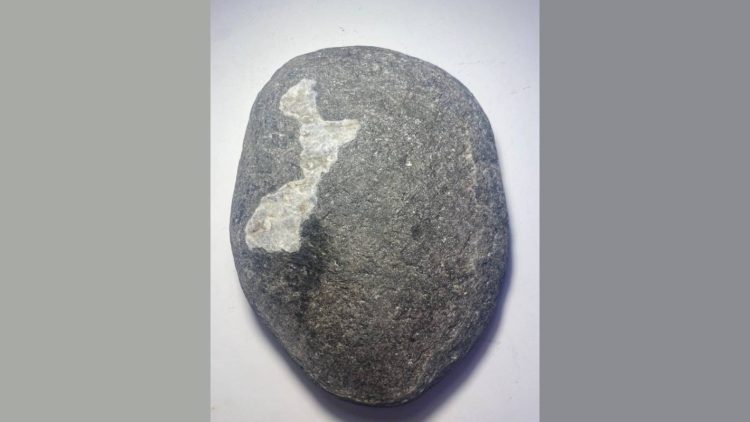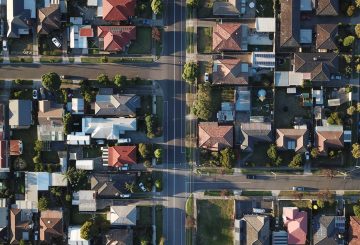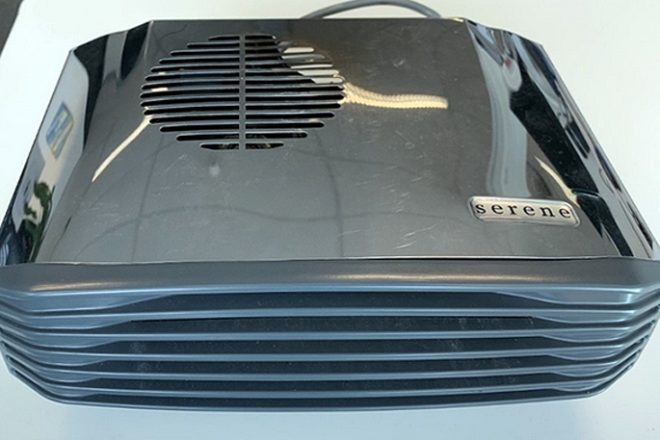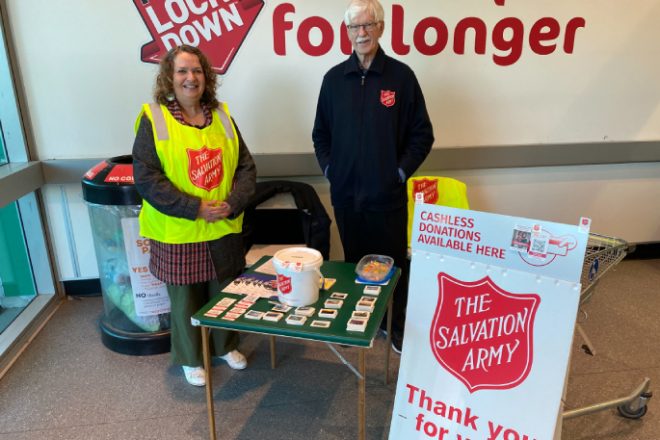The current cost of a rock is free but for one with the shape of the New Zealand map on it – that will be a ‘buy now’ price of $20,000.
Listed under ‘Antiques and collectables/New Zealand and Maori’ is a normal looking, oval-shaped rock, just short of 20cm in size with natural limescale, though this lime scale is in the shape of Aotearoa.
The seller describes the ‘used’ rock as an “amazing natural wonder” and said they found it in 2020 at Ross Beach on the West Coast in the South Island.
The listed rock is described as being a “fantastic” collector’s item or could even be used as a display piece.
Trade Me spokesperson Millie Silvester said this isn’t the first time they have seen a unique rock from the South Island pop up for sale onsite.
During the 2011 earthquake, a 25-tonne boulder bounced down a hill and smashed through Phil Johnson’s home in the Heathcote valley. Johnson named his uninvited guest “Rocky” and popped the boulder up for sale Trade Me with proceeds going to the Christchurch Earthquake Relief Fund.
Silvester said Rocky is still the seventh most viewed listing of all time with over 316,000 views.
Despite over 2000 page views, no bids have been placed on the rock so far, although 21 people have added it to their watchlist.
The listing remains open until May 21 at 7.38pm but the seller is open to offers prior to that.
Credit: stuff.co.nz


















































-360x245.jpg)






